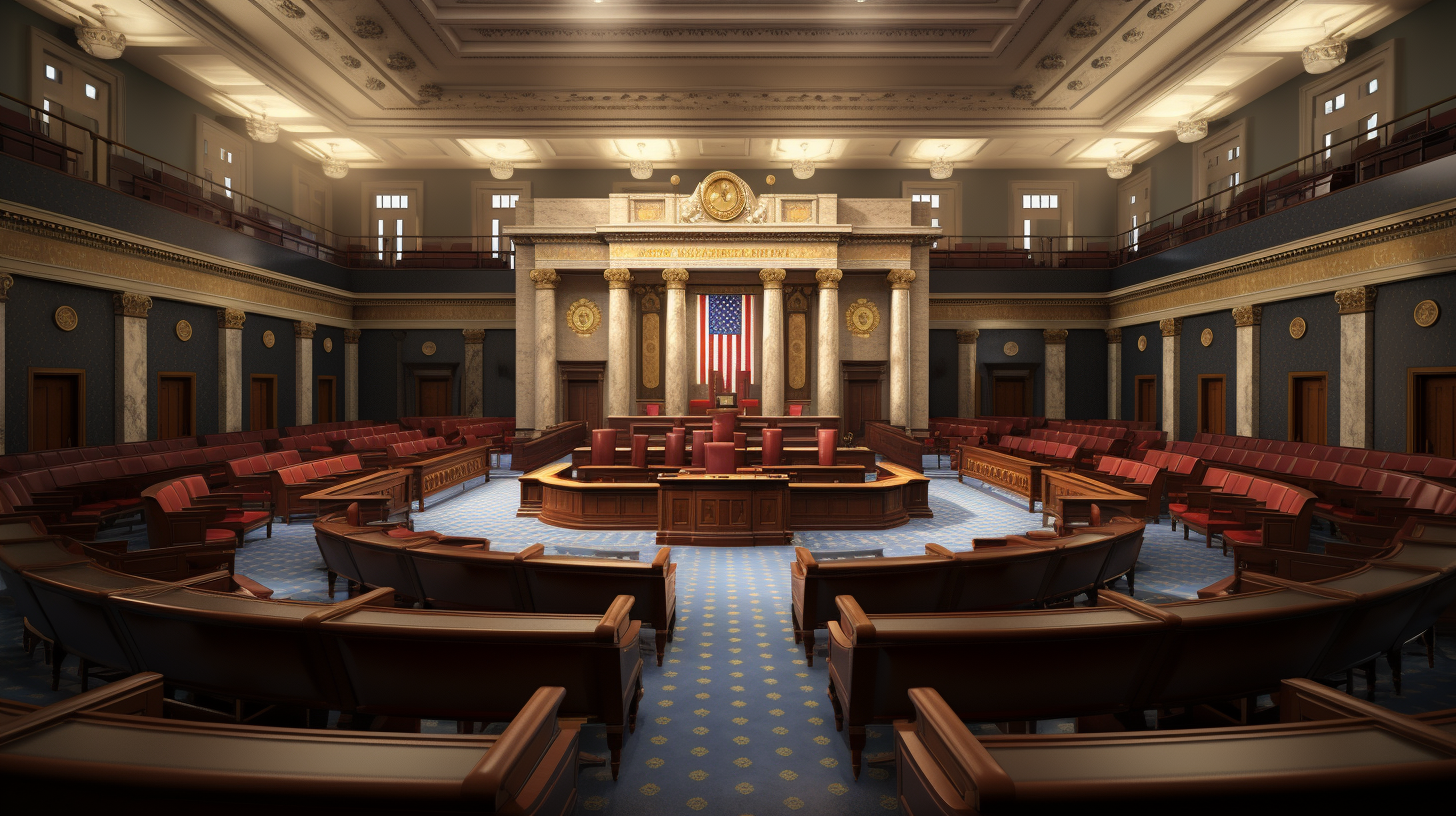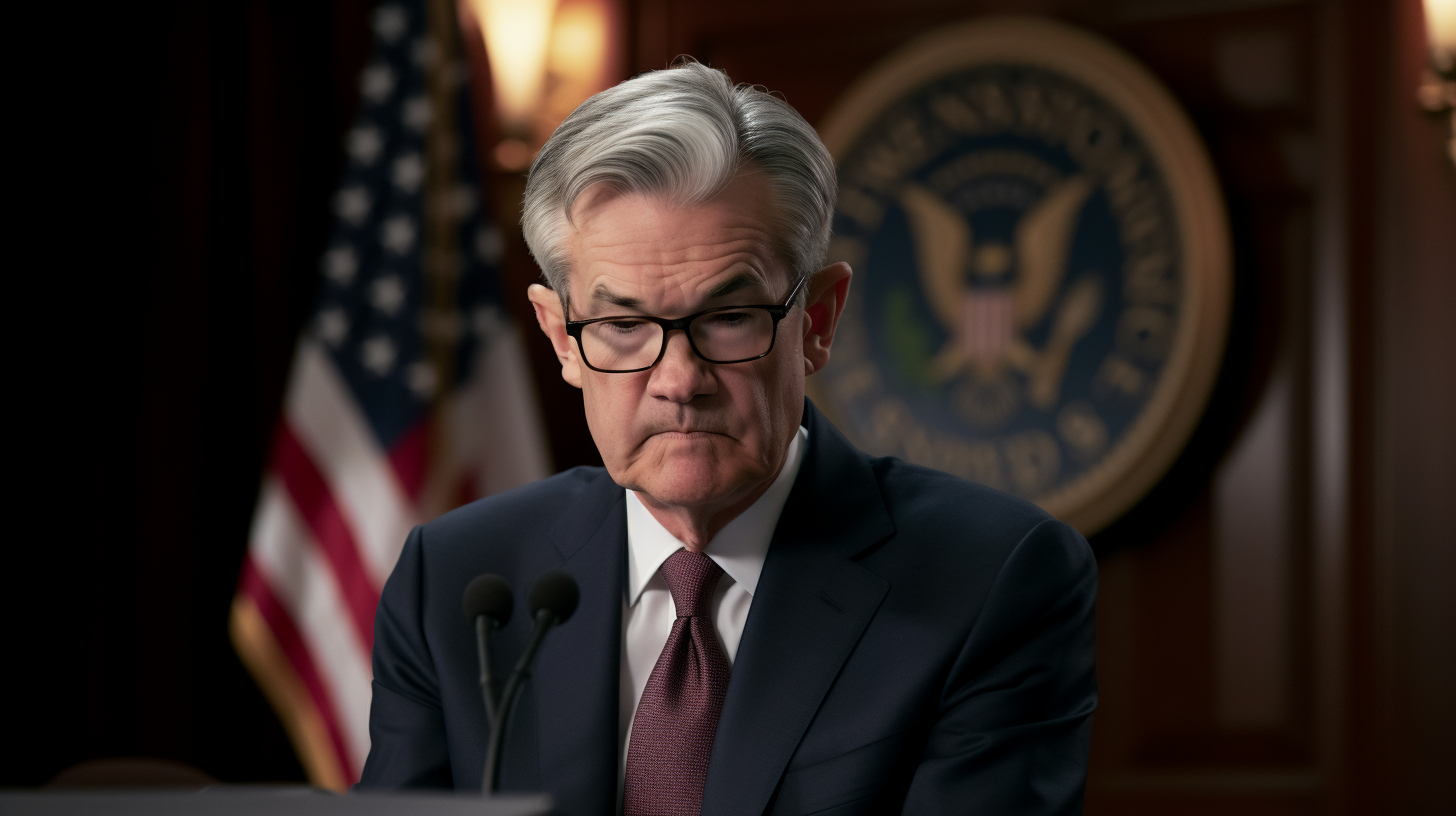Against the odds, the US economy appears poised to stick the landing from a period of scorching inflation without plunging into recession. This smooth descent towards more normal inflation, known as a “soft landing”, has defied most economists’ expectations thus far.
Just months ago, fears of an imminent downturn were widespread. Yet October’s inflation print showed consumer prices rising 3.2% annually – down markedly from a 40-year high of 9.1% in 2022. More importantly, core inflation excluding food and energy eased to 2.8% over the last 5 months – barely above the Federal Reserve’s 2% target.
This disinflation is occurring while job gains continue and economic growth rebounds. Employers added a solid 204,000 jobs per month over the past quarter. GDP growth also accelerated to a robust 4.9% annualized pace in Q3, its fastest since late 2021.
Such resilience has led forecasters like Oxford Economics’ Nancy Vanden Houten to now predict, “What we are expecting now is a soft landing.” Avoiding outright recession while taming inflation would be a major feat. In the past 80 years, the Fed has never managed it without sparking downturns.
Cooling inflation gives the central bank room to moderate its fierce rate hike campaign. Since March, the Fed lifted its benchmark rate range to a restrictive 5.25%-5.50% from near zero to squash rising prices.
Investors are betting these tightening efforts have succeeded, with futures implying rate cuts could come as early as May 2023. Markets rallied strongly after October’s consumer price report.
Risks Remain
However, risks abound on the path to a soft landing. Inflation remains well above the Fed’s goal, consumer spending is softening, and ongoing rate hikes could still bite.
“It looks like a soft landing until there’s some turbulence and things get hairier,” warns Indeed economist Nick Bunker.
While consumers powered the economy earlier in recovery, retail sales just declined for the first time since March. Major retailers like Home Depot and Target reveal shoppers are pulling back. If consumers continue retreating, recession odds could rise again.
The Fed likely needs more definitive proof before declaring victory over inflation. Chairman Jerome Powell still stresses the need for “sufficiently restrictive” rates to hit the 2% target sustainably.
Further shocks like energy price spikes or financial instability could also knock the economy off its delicate balancing act. For now, the coveted soft landing finally looks achievable, but hazards remain if inflation or growth falter.
Navigating the Descent
Amid this precarious environment, how should investors, policymakers and everyday Americans navigate the descent?
For the Fed, it means walking a tightrope between overtightening and loosening prematurely. Moving too fast risks recession, while moving too slowly allows inflation to become re-entrenched. Gradually slowing rate hikes as data improves can guide a gentle landing.
Investors should prepare for further turbulence, holding diversified assets that hedge against inflation or market swings. Seeking prudent VALUE rather than chasing speculative growth is wise at this late stage of recovery.
Consumers may need to budget conservatively, pay down debts, and boost emergency savings funds. With caution, America may yet stick an elusive soft landing during this perilous inflationary journey.














